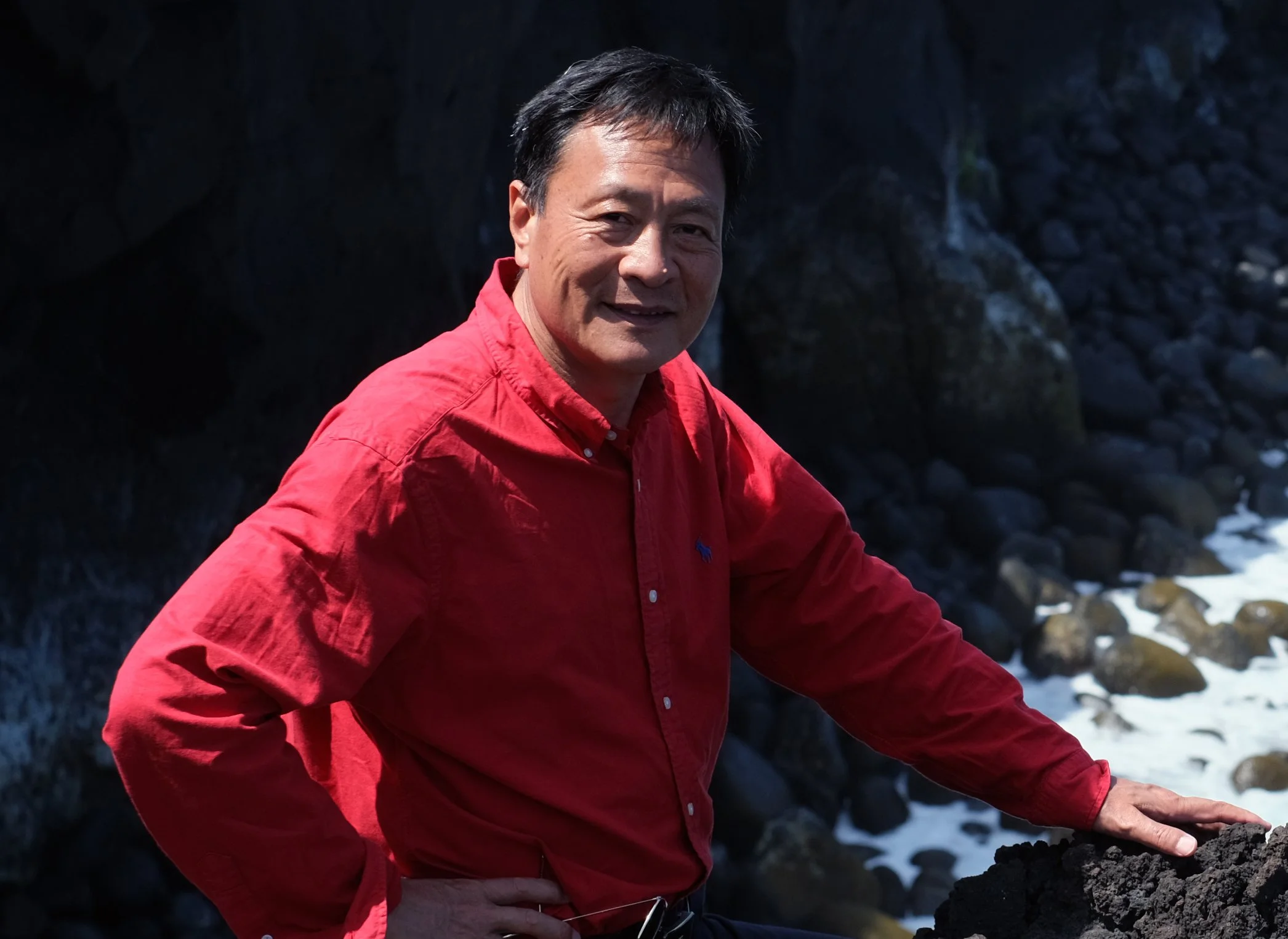Kongjian Yu, FASLA
In Memoriam
Professor, Peking University; President, Turenscape
-
The late Kongjian Yu was a leading scholar and practitioner in landscape architecture and urban planning. Raised in a rural farming community, he developed a lifelong commitment to ecological sustainability. He earned a Doctor of Design from Harvard GSD and degrees from Beijing Forestry University. In 1997, he was founding dean of Peking University’s College of Architecture and Landscape, where he advanced ecological urbanism and reshaped sustainable design education. In 1998 Yu founded Turenscape, a Beijing-based firm that has completed more than 1,000 projects in 250 cities worldwide showcasing nature-based solutions for urban flooding, climate resilience, and ecological restoration. Yu’s “Sponge-City” concept—adopted as Chinese national policy in 2013—promotes green infrastructure for sustainable water management and has achieved global influence. His research on ecological security patterns and negative planning has informed China’s environmental policies. He authored more than twenty books, including The Art of Survival, and more than 300 papers, and, at his death, served as chief editor of Landscape Architecture Frontiers. His work garnered sixteen ASLA Awards, nine WAF Awards, seven AZ Awards, a ULI Excellence Award, and other international honors. Yu’s distinctions included the IFLA Sir Geoffrey Jellicoe Award (2020), the Cornelia Hahn Oberlander Prize (2023), the Cooper Hewitt National Design Award (2023), the RAIC International Prize (2025), and election to the American Academy of Arts and Sciences (2016). He also held honorary doctorates from Sapienza University of Rome and the Norwegian University of Life Sciences.
TCLF mourns the passing, on September 23, 2025, of Kongjian Yu, who embodied a life well lived.
-
Designing the Sponge Planet: Monsoon-Inspired Modular Solutions for Climate Resilience
Climate change mitigation is often framed around carbon emissions, yet the degradation of the Earth’s hydrological and surface systems plays an equally critical role. The author’s Sponge City theory reframes climate action as a landscape and territorial design challenge, emphasizing the restoration of soil moisture, evapotranspiration, and low-cloud cover to stabilize hydrological cycles and mitigate heat extremes. Extending this vision to the “Sponge Planet,” the author calls for rehydrating terrestrial surfaces through decentralized, nature-based solutions. This framework draws on the agricultural ingenuity of monsoon cultures—such as terraced paddies, pond-dike systems, and seasonal flood-adapted planting—which historically integrated human productivity with ecological resilience.
To translate these traditions into contemporary practice, the author advances a research-to-application pathway: ancient ecological wisdom→model extraction→enhanced ecological design→post-occupancy evaluation→modular technology→modern ecological restoration. Modularization enables low-cost, replicable interventions that optimize ecosystem services—including flood regulation, water purification, biodiversity enhancement, and cultural value—while remaining adaptable to diverse climates.
Multiple cases illustrate this approach: Benjakitti Forest Park in Bangkok—a 52.7-hectare transformation of a former tobacco factory into a porous wetland–forest mosaic; Nanchang Fish Tail Park—converting a flood-prone urban wasteland into a multifunctional floating forest; and Sanya Dong’an Wetland—turning a flood-prone urban backyard into the ecological front yard of the city’s new CBD. These projects capture and store stormwater, restore degraded waters, expand habitat networks, and foster community engagement, often under severe budget and time constraints.
The author’s modular, monsoon-informed Sponge City methodology offers a transferable blueprint for Sponge Planet restoration—bridging hydrological resilience, cultural heritage, and ecological engineering. It positions landscape architecture not only as climate infrastructure, but also as a catalyst for cultural continuity and planetary rehydration.

